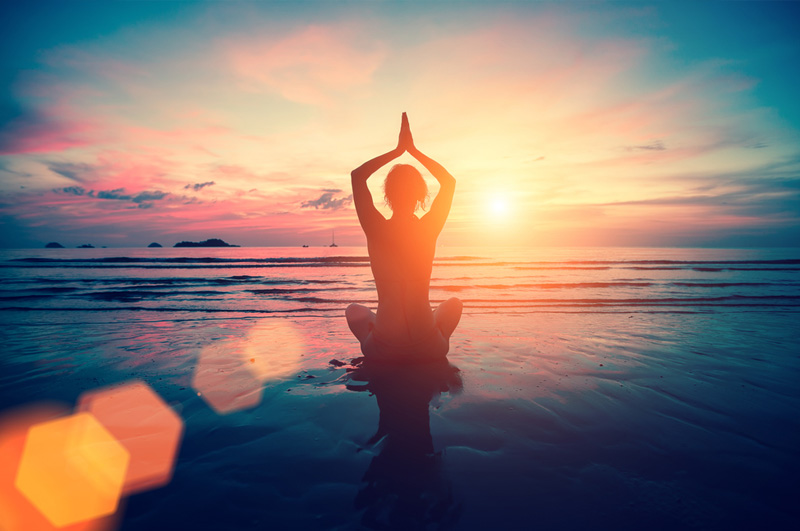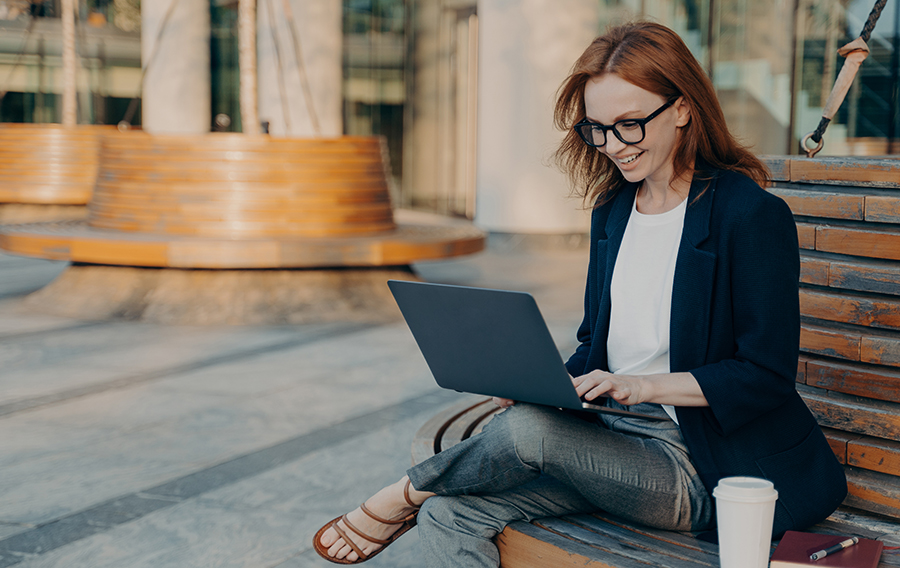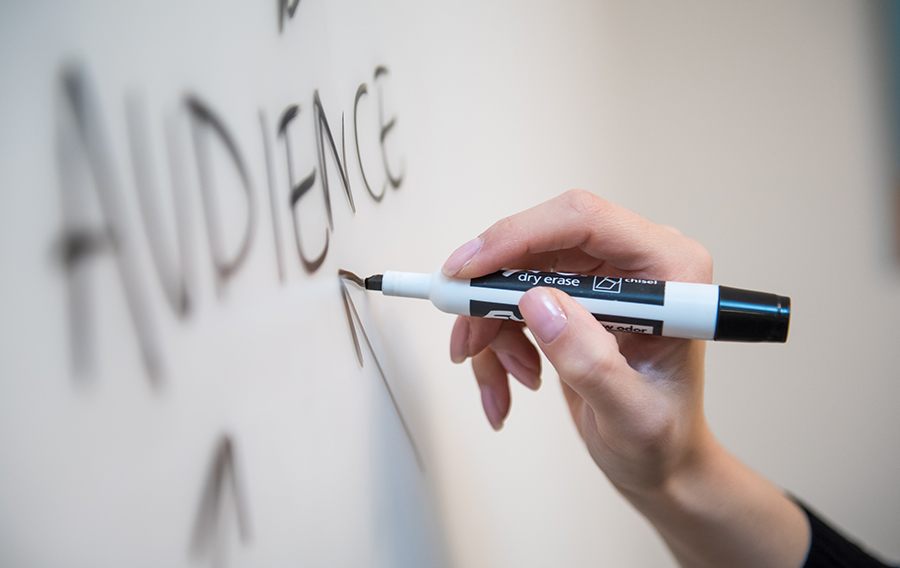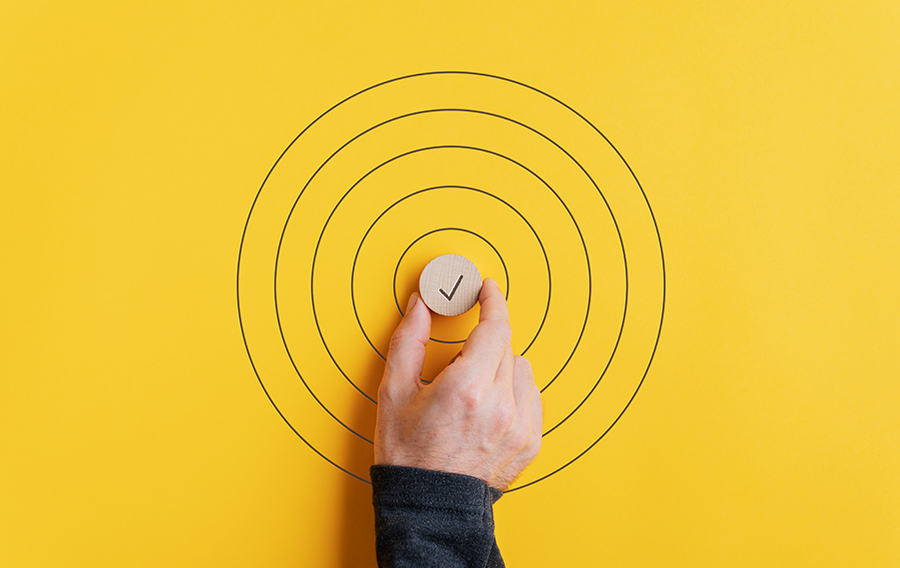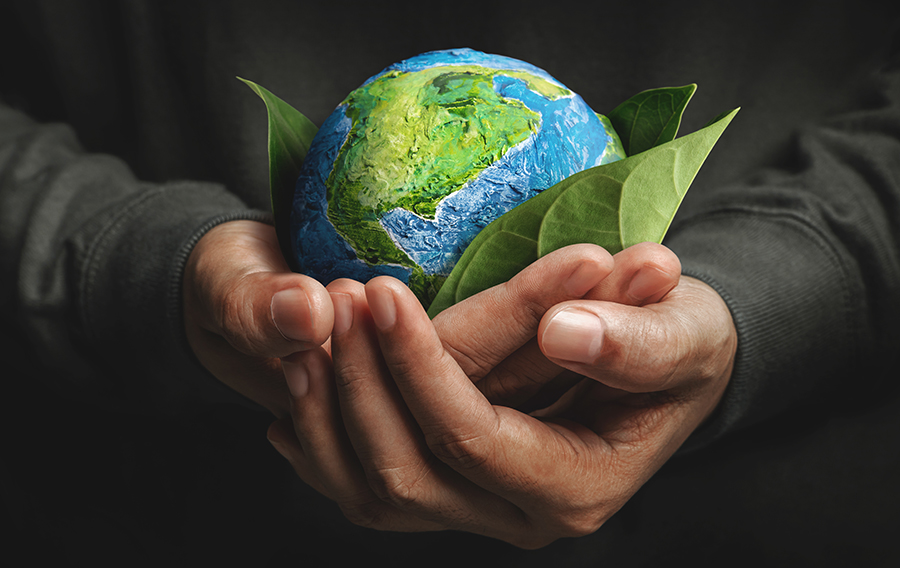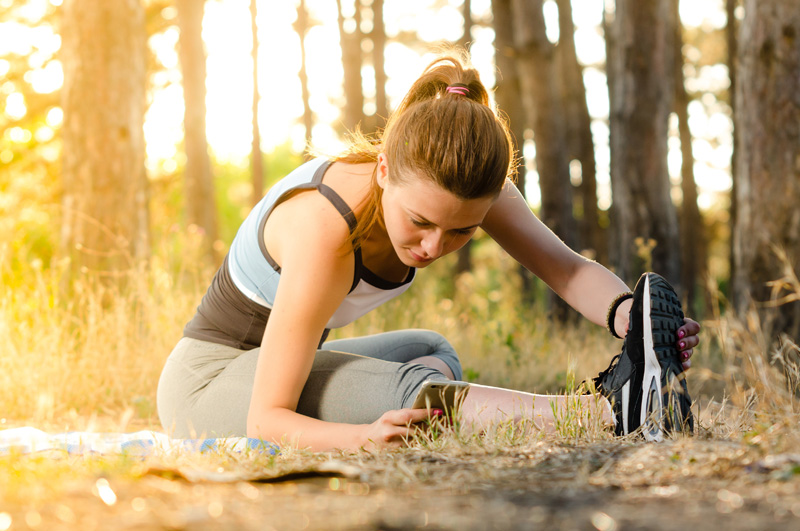Like it or not, stress plays a huge part in our life. Modern life is progressing at such a rapid pace that people are forgetting to pause, take a deep breath, and relax. People generally seek relief from this cycle through other means like anti-depressants, alcohol and other drugs which exacerbate stress and anxiety problems.
The key to relaxing is to look inwards and come to terms with yourself. And yoga is something that has helped many people, including me, do just that.
I have been practicing for about 3 years now and I find that it has immensely helped with elevating my experiences in life. Something as simple as a walk down the street to the grocers is filled with stimulation of the senses. It’s akin to switching from a black and white television to full HD in color. Well, not that dramatic maybe… but still enough to leave a lasting impression!
Yoga helps us slow down and be more in tune with our breathing as well as thoughts. It helps us focus on just one thing and helps us relax. It can relieve tension that can manifest itself over a period of time. I find myself turning to a session of yoga when I have something that is bothering or stressing me out.
Yoga For Stress-Free Living
Practicing yoga is a simple and healthy way to beat stress, anxiety and even minor health problems. Yoga is expressed through various asanas (positions) which vary in difficulty and purpose.
Different asanas have different purposes. There are poses that can have several beneficial effects on different regions of your body. Yoga has been found to have significant effects like lowering your blood pressure and improving digestion. Plus, as a beneficial side-effect, you become incredibly flexible as well!
Let’s take a look at a few asanas that can promote restfulness, give you a clear head and calm your mind from all the ravages of work-induced stress.
Easy Pose (Sukhasana)
The starter pose of every yoga practice, the Easy pose has been depicted in images on the walls of 2,000 year old temples in India. This is a very common pose for facilitating meditation and breathing exercises. Some people prefer this to Lotus Pose as the latter requires loose hips and cannot be completed by everybody.
How to
Sit straight, legs in front of your body. Cross legs at the shins.
Spread knees wide and place foot beneath the opposite knee and fold legs towards your torso.
Hands are placed palms down on your knees.
Learn to balance your weight comfortably across contact points with the ground. Align your head, neck and spine. Maintain an easy gaze.
Sukhasana strengthens your back and relaxes the complete lower portion of your body knees, ankles, hips, groin and thigh. The upright posture with the spine aligned reduces stress and anxiety. It can improve blood flow thereby producing therapeutic effects that calm your mind.
Child’s Pose (Balasana)
One of the most popular beginners’ poses, this asana is usually how new people are introduced into the fold. Intermediate to advanced yoga practitioners also rest in this pose between difficult asanas.
How to
Start on your hands and knees with arms extended. Focus on slowing down your breathing.
Bow forward while nestling your torso between your thighs. Rest your forehead on the mat.
Position your arms extended, palms facing down. Push yourself slightly back on your heels.
Draw your hands next to your feet, curl your shoulders and rest your hands palms up.
This stretches out your hips, thighs, and ankles and reduces tension throughout your body. It works gently on the front of the body and also stretches muscles towards the rear of your torso. This pose offers a calm and relaxed feeling to your mind and torso, while also giving relief to back and neck pain.
Bridge Pose (Setu Bandha Sarvangasana)
Another beginner’s pose, it stretches your body through the backbend and opens up the muscles in the chest and thighs. It’s called so because of the bridge-like pose your body takes during this asana. It prepares our body for deeper backbends in some of the other poses.
How to
While lying on your back, fully stretched out, bend your knees towards you and place your feet flat on the floor at the width of your hips.
Slide your hands, palms down, towards your feet. Make sure you’re able to just touch it.
Push down your arms and shoulders to lift up your chest. Legs will lift your lower section.
Hold this for about 4 – 8 breaths and slowly bring yourself back to resting pose.
The Bridge Pose stretches and opens the chest, heart, spine and shoulders. Since this pose pushes your heart higher than your head, it is considered a beginner’s inversion pose while not being as difficult as a headstand.
Eagle Pose (Garudasana)
Named after the Hindu mythological “King Of Birds”, Garuda, this asana uses your control of breath and visual ability to achieve calmness and do away with distractions. It also focuses on improving your body’s balance improving your stability. Since this is an empowering pose, it energizes your body.
How to
Start from a neutral position, arms by your sides.
Begin by slowing bending the knees and shifting your balance on the right foot. Then cross your left thigh over the right and hooking your left foot behind your right calf. Balance for a moment.
Slowly extend your arms in front of your body and drop left arm under your right. Raise your forearms perpendicular to the floor by bending your arms at your elbows. Wrap hands and arms while pressing together with your palms.
Square your hips and chest with front wall as reference and draw your belly in and up.
Focus your eyes on the tips of your thumbs. Hold this pose for about a minute taking care not to strain yourself too much. Unwind arms and legs and repeat on the opposite side.
This asana can stretch your shoulders and upper back area, while adding more strength to your lower muscles like hips, thighs, calves and ankles. This is an intermediate pose which serves as a stepping stone by building balance and flexibility for much more complex poses like Handstand and Headstand poses. It helps people who have issues with lower back pain or sciatica.
Extended Puppy Pose (Uttana Shishosana)
The Extended Puppy pose gives you total freedom in your upper torso and back by stretching out your spine, shoulders, and arms. This is especially useful for people who tend to tense up their shoulders and back during the day.
How to
Start on all fours, shoulder stacked over wrists and hips over knees, top of your feet relaxed on the mat.
Walk your hands our slowly, lower chest towards the ground. Keep hips over knees and arms shoulder distance apart.
Pushing down on your palms, lift your elbows and forearms away from the ground. Draw back your shoulder blades and push your hips toward the ceiling.
Gently relax your head and neck. Remain in this pose for about 5 to 10 breaths before returning to your initial position.
This pose is known to offer relief for people with stress and anxiety problems. Since this has a mild inversion, Extended Puppy can give your mind a sense of peace and calm. It can also work for people who suffer from chronic tension and insomnia as well.
Cat Pose (Marjari asana)
The cat pose incorporates the feline stretch of your pet into an asana. The cat pose can improve blood flow to the upper torso area. It stretches out the spine and strengthens the wrists and shoulders. It relaxes the mind and enhances focus.
How to
Start on all fours, exhale fully, drawing the belly close to the spine as possible.
Arch your back towards the ceiling.
Relax your head downward but do not force your chin to the chest.
It gives added flexibility to the spine and also opens up the chest. Your body is encouraged to breathe slow and deep. It also helps correct postural awareness and balance, thereby preventing back problems when practiced regularly.
Head-to-Knee Forward Bend (Janu Sirsasana)
An intermediate pose Head to Knee Forward Bend (HKFB) has several benefits that are worth getting it right. This will help stretch your body’s core including spine, shoulders, hamstrings, hips, back, and groin.
How to
Start from a seated position, legs extended outward but not too wide.
Bend your left leg and bring the sole of your foot to upper inside thigh area of your right leg. Your left knee should rest on the floor.
Placing both hands on either side of the right leg, inhale while you turn towards it.
Begin exhaling as you fold forward toward your extended leg. Hold the pose for about 5 breaths and then slowly return to starting pose.
Work on the other side.
The gentle twist of the spine during this exercise stretches the total upper body. This releases a lot of stress stored in the body and improves mental acuity and clarity. It rids your mind of anxiety, fatigue and even mild depression. This also combats high blood pressure and insomnia.
Corpse Pose (Savasana)
Usually the final pose in any yoga class, this is deeply relaxing and is regarded as highly restorative to your mental and physical processes too. This asana is also known as the Final Relaxation Pose. It goes beyond simple relaxation and takes you to a completely different level of freedom where you can completely let go.
How to
Lie on your back with legs straight and arms by your sides, palms up. Relax your feet so they drop open. Close your eyes, feel them sinking into your sockets.
Breathe deeply. Your body should now feel heavy while resting on the ground.
Starting from the soles of the feet, work your way up and focus on relaxing each part of your body.
Remain in this state for about 3 – 5 minutes. To exit pose, bring movement to your body gently. Start wiggling your toes and fingers, roll to each side and gradually loosening your body and finally the head.
The corpse pose is almost always used to end practice and it allows your body and mind to fully expand and release all tension. From taking your body to total stillness to bringing it back to life, Savasana gets your rejuvenated, refreshed and reborn. It works against anxiety, fatigue, and depression. It also offers benefits like decreased heat rate, lower blood pressure and decreased muscular tension.
Conclusion
Yoga is one of the oldest, most revered forms of self-improvement practices that have existed for over 5000 years. It has evolved from a nuanced form of fitness to something that is practiced by a lot of people for its ability to heal your body and mind. Yoga is a set of holistic principles and disciplines that integrate the body, mind and the soul and give you extended consciousness.
I’ve had issues with stress at work and most times it leaves me with a sickening feeling of helpless. Practicing yoga has enabled me to open up my mind to new experiences and positivity that I never thought possible. Additionally, you also need to stick to a diet that can give you fitness benefits, this infographic has several healthy ideas that you might want to incorporate into your diet.
I hope this gave you the inspiration to want to get started on this amazing journey to self-empowerment. Trust me, it’s going to be great!
